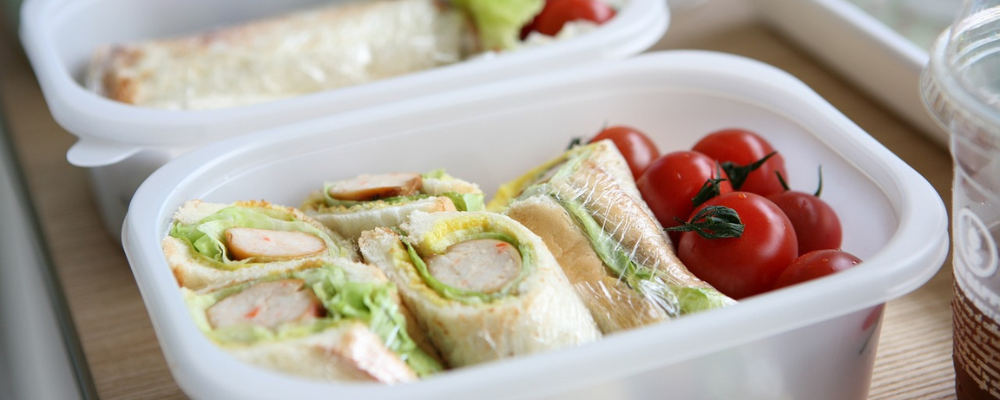
The Ultimate Guide to Lunch Box Food Safety
— By Kayla Parsons, Doctoral Candidate, Registered Dietitian, University of Maine Cooperative Extension
If you’re a student, teacher or taking care of a little learner, you’re about to transition back into full time school mode. This often comes with the responsibility of deciding what to pack for lunch. Almost as important as what’s being packed is how food is being packed. According to the Center for Disease Control, over 128,000 Americans experience foodborne illness each year. Foodborne illness can be prevented if we follow food safe practices. Use the guide below for ultimate lunch box safety hacks to keep you and your family safe and healthy.
Choosing the Right Lunch Container
Long gone are the days of using a brown paper bag to store our lunch. Even if you have nostalgic memories of these containers, brown paper bags are not well insulated. This can lead to foods becoming too warm, increasing the risk of foodborne illness. Bacteria thrives between the temperatures of 40° F and 140° F. This temperature range is referred to as “the temperature danger zone”. To maintain safe temperatures, use an insulated container for your meals. Perishable foods should be stored in soft, insulated totes with two cold sources. This will keep perishable items below 40° Fahrenheit. These cold sources could include a frozen gel pack or even a frozen water bottle. Hot food, like soups and chilis, should be stored in an insulated container . As a tip, you can fill your insulated container with boiled water, pour it out and then add in your delicious meal to keep it toasty throughout the day!
Reheating
It’s finally one of the best times of the day – lunchtime! If you packed a hot lunch, reheat your meal until it reaches at least 165° F. You can check this by using a food thermometer. When reheating your food in a microwave, be sure to use a microwave safe dish. Microwave friendly dishes include glass containers, ceramic and paper plates. Avoid using aluminum foil, dishes that contain metallic paint and foam cups, bowls and trays. When using a microwave-friendly dish, cover your meals to evenly heat the dish and to hold in moisture.
Non-perishable Foods
Don’t have the opportunity to heat up or keep your food cold? Choose healthy non-perishable items. This can includes foods like:
- Whole fruits
- Whole wheat crackers and peanut butter
- Trail mix
- Spoonful’s Three Ingredient Granola
- Popcorn
- Dried meats (like chicken or beef jerky)
- Rice cakes and almond butter
- Chicken and tuna cans and pouches
Cleaning Tips
Another important aspect of food safety is keeping things clean. This includes fresh produce, the area that you decide to prepare your meal and your lunch box itself. Wash and sanitize all utensils, containers and items within the lunch box before use. To clean your soft insulated lunch box, you can use a clean, warm washcloth to wipe out the inside. Lunch boxes and lunch containers should be cleaned daily. Soft lunch boxes also often contain cleaning instructions on the inside tag.
Key Points
You can make packing meals for on the go easy and safe by:
- Choosing an insulated lunch box.
- Using two cold sources in your lunch box to keep perishable items cold. Use a designated thermos for hot foods.
- If you don’t have the ability to reheat foods, bring non-perishable items with you instead.
- Cleaning your lunch container daily.
These easy-to-follow tips will help you and your family fight off foodborne illness. Are you now curious about recipes to pack? Check out Spoonful’s Recipes for ideas on healthy and affordable meals, perfect for any packed lunch!
